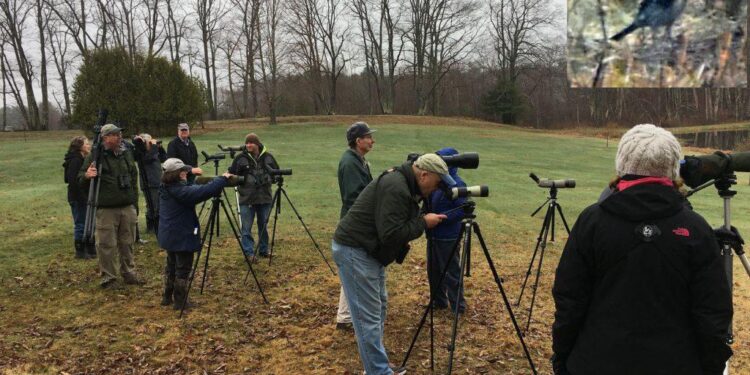Soaring High: The Cornell Birding Club’s Journey to the World Series
With the arrival of autumn’s vibrant colors, the Cornell Birding Club is enthusiastically preparing for one of the most exciting events in birdwatching: the World Series of Birding. Scheduled for May, this annual competition invites teams to identify and count as many bird species as possible within a 24-hour timeframe across New Jersey. For members of the Cornell Birding Club, this year’s event is particularly exhilarating as they blend their extensive training with a deep-seated passion for observing birds. Armed with binoculars and field guides, club members are not solely focused on winning; they are also committed to promoting bird conservation and inspiring fellow students to appreciate nature’s wonders. Their preparations reflect a larger mission: nurturing an environmentally aware community while celebrating the diverse avian life that fills our skies.
Strategic Preparations for Success in the World Series of Birding
As anticipation builds for the upcoming World Series of Birding, members of the Cornell Birding Club are refining their strategies to excel in this competitive arena. Countless hours have been devoted to pinpointing ideal birdwatching locations that encompass various habitats throughout New Jersey. This careful planning includes not only well-known hotspots but also hidden gems believed to be rich in avian diversity. To bolster teamwork and communication during competition day, intensive training sessions have been organized focusing on rapid identification techniques and effective counting methods.
Utilizing cutting-edge technology alongside insights from research at Cornell Lab of Ornithology, club members are ready to embrace innovative approaches. Key elements of their strategy include:
- Site Exploration: Frequent visits to potential hotspots help assess current bird activity.
- Historical Data Review: Analyzing previous results aids in predicting optimal times and locations for sightings.
- Team Organization: Assignments based on individual strengths ensure an efficient team dynamic.
| Bird Species | Preferred Habitat | Ideal Viewing Time |
|---|---|---|
| Northern Cardinal | Parks and Suburban Areas | Mornings |
| Bald Eagle | Lakeshores and Riversides | Noon Hours |
The Cornell Birding Club is determined not just to compete but potentially lead by showcasing their enthusiasm and expertise within avian observation.
Cutting-Edge Training Methods Enhance Field Skills at Cornell Birding Club
In preparation for this prestigious event, the Cornell Birding Club has adopted innovative training methods designed to sharpen its members’ field skills significantly. These modern techniques merge traditional birdwatching practices with technological advancements that enhance observational abilities and species identification skills among participants.
Members partake in various activities aimed at deepening their understanding of avian behavior through:
- <
- Expert-Led Workshops: Sessions featuring seasoned ornithologists who share insights into contemporary birdwatching tools.
- Semi-Controlled Field Exercises:: Participants practice identifying birds under conditions that simulate real-life scenarios.<Technology Utilization:: Incorporating apps dedicated to bird identification along with online resources streamlines learning processes.
<
Additionally, a peer mentoring initiative pairs experienced enthusiasts with newcomers fostering collaborative skill development while building camaraderie among club members. This approach emphasizes teamwork during practice sessions which often involve:
| Activity Type | Description |
|---|---|






























